In a world increasingly dominated by visual media, a quiet revolution is taking place to create immersive experiences for the visually impaired. Pioneering designers and technologists are crafting intricate soundscapes that allow blind users to navigate virtual environments through spatial audio alone. These "audio worlds" represent more than just accessibility features – they're entirely new forms of sensory exploration that challenge our understanding of how humans interact with digital spaces.
The concept of audio-based navigation isn't entirely new. For decades, audiobooks and screen readers have provided access to written content. However, the latest generation of spatial audio technology enables something far more sophisticated: three-dimensional environments constructed entirely through sound. Using binaural recording techniques and advanced head-tracking, these systems can simulate physical spaces with remarkable accuracy, allowing users to perceive distance, direction, and even the texture of virtual objects through subtle audio cues.
One particularly compelling application of this technology comes from an experimental project called "Echo," which transforms physical spaces into navigable sound maps. Using LiDAR scanning to capture environmental data, Echo generates real-time audio feedback that helps users visualize their surroundings through pitch, timbre, and stereo positioning. A metal railing might produce a distinctive metallic ping when "touched" by the user's virtual sound beam, while an open doorway emits a subtle whoosh of air movement. With practice, users report being able to move through unfamiliar buildings with confidence, perceiving architectural details through this auditory interface.
The gaming industry has become an unexpected leader in this field, with several titles now offering fully realized audio-only modes. These aren't simple adaptations of visual games, but rather experiences designed from the ground up for auditory perception. One standout example is "The Vale: Shadow of the Crown," an adventure game where combat, exploration, and puzzle-solving all happen through 3D sound. The game's director notes that removing visual elements actually enhanced certain gameplay aspects, forcing designers to create more nuanced audio environments that reward careful listening.
Beyond entertainment, these technologies show promise for practical navigation assistance. Researchers at Stanford have developed an augmented reality system that overlays detailed audio information about urban environments. Street signs announce their contents when approached, crosswalks emit rhythmic pulses to indicate safe crossing times, and different storefronts produce distinctive audio signatures. Early testing suggests that users develop "sound maps" of their neighborhoods more quickly than with traditional GPS-based audio navigation systems.
Perhaps most fascinating is how these experiences are changing our understanding of sensory perception. Sighted testers who try these audio worlds often report initially feeling disoriented, then experiencing something akin to "audio vision" after prolonged use. The brain's remarkable plasticity allows both blind and sighted users to develop new ways of processing spatial information through sound alone. Neuroscientists studying this phenomenon have found that prolonged use of audio navigation systems actually causes measurable changes in how the brain processes auditory information.
The cultural implications are equally profound. As these technologies mature, we're seeing the emergence of audio-based art installations and performances designed specifically for blind audiences. Museums are experimenting with "sound galleries" where exhibits are experienced through vibration, temperature changes, and carefully crafted audio narratives. Some forward-thinking architects have begun considering acoustic design principles with the same seriousness as visual aesthetics, creating spaces that are beautiful to both see and hear.
Technical challenges remain, of course. Creating rich, detailed audio environments requires significant computational resources, and there's ongoing debate about the best methods for representing complex visual information through sound. Some systems use musical tones to convey color, while others focus solely on spatial relationships. There's also the very real concern about "audio pollution" – how to prevent these helpful soundscapes from becoming overwhelming in noisy urban environments.
What began as an accessibility project has blossomed into something much larger: a reimagining of how humans might interact with technology when freed from visual dominance. As these audio worlds continue to evolve, they promise not only greater independence for the visually impaired, but new ways for all people to experience and understand the spaces around them. In an increasingly crowded visual landscape, the turn toward auditory experiences offers a refreshing alternative – one that might just help us listen to our environments, and each other, more carefully.
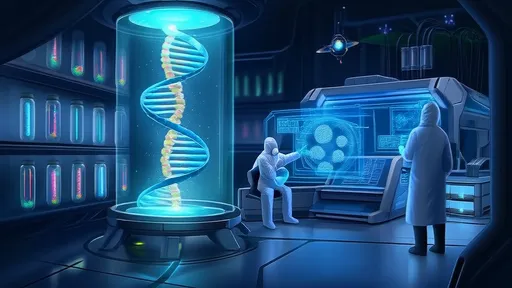
By /Jul 3, 2025
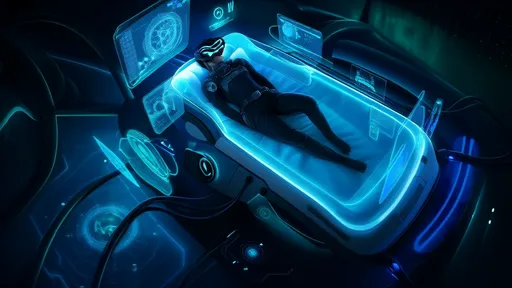
By /Jul 3, 2025
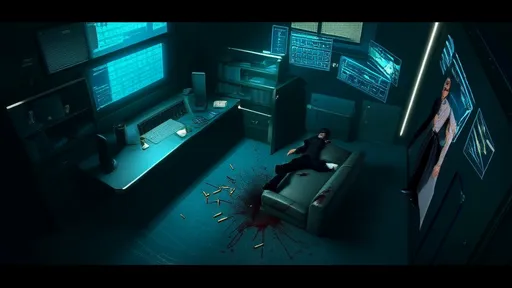
By /Jul 3, 2025
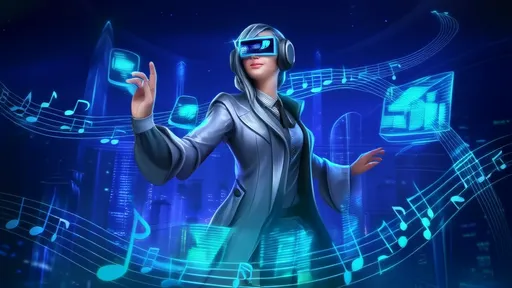
By /Jul 3, 2025
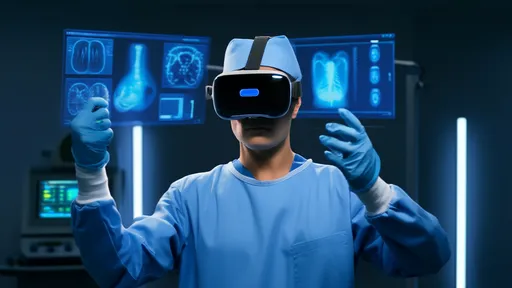
By /Jul 3, 2025

By /Jul 3, 2025
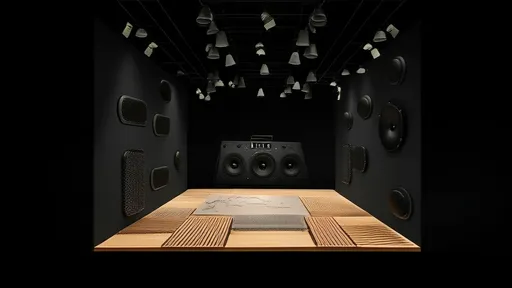
By /Jul 3, 2025

By /Jul 3, 2025
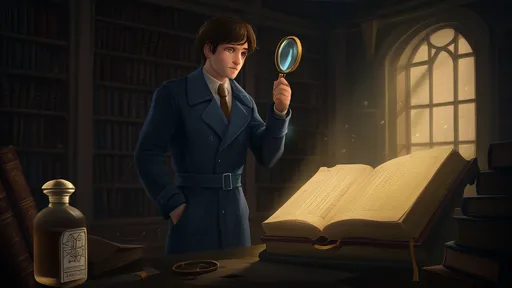
By /Jul 3, 2025
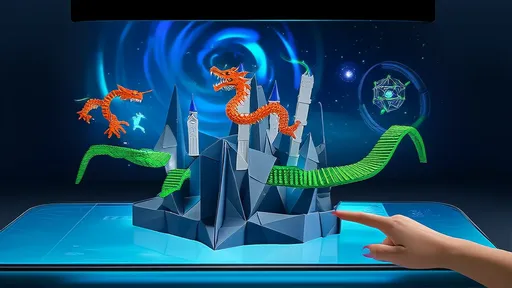
By /Jul 3, 2025

By /Jul 3, 2025
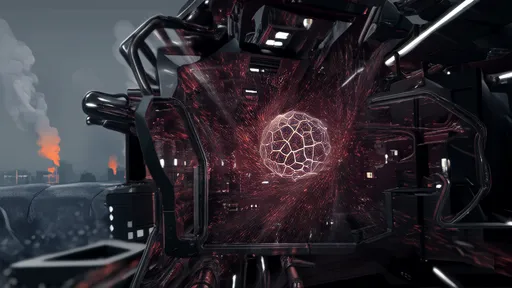
By /Jul 3, 2025

By /Jul 3, 2025
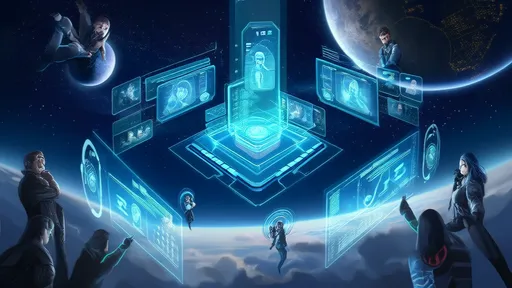
By /Jul 3, 2025

By /Jul 3, 2025
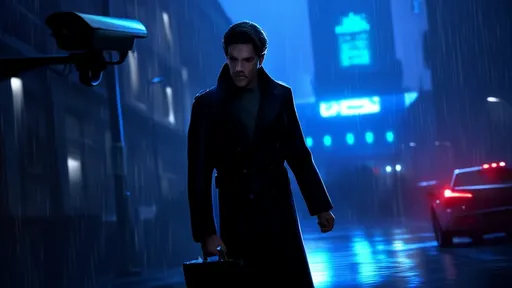
By /Jul 3, 2025
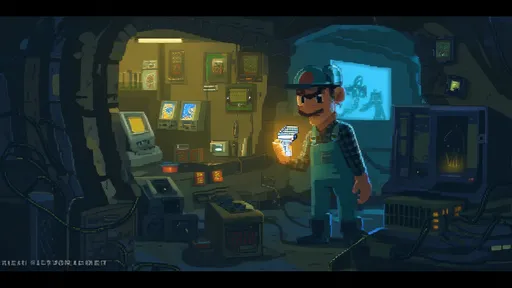
By /Jul 3, 2025
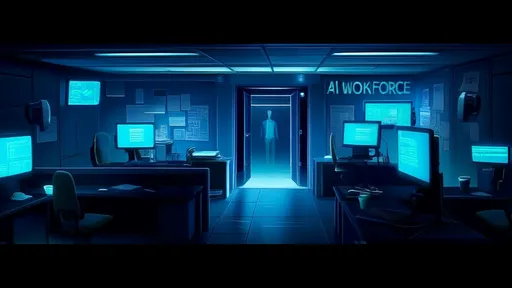
By /Jul 3, 2025